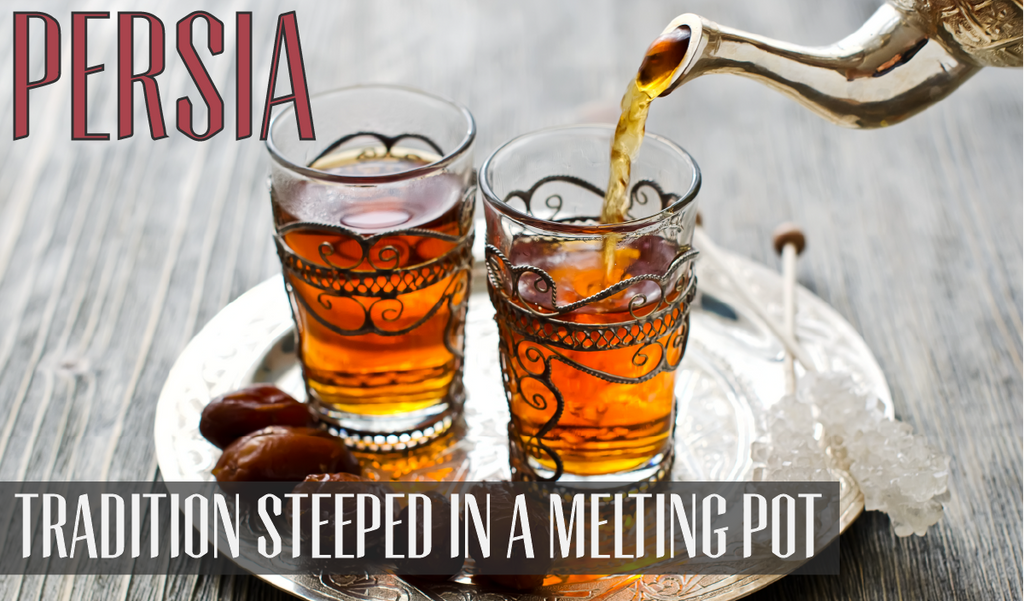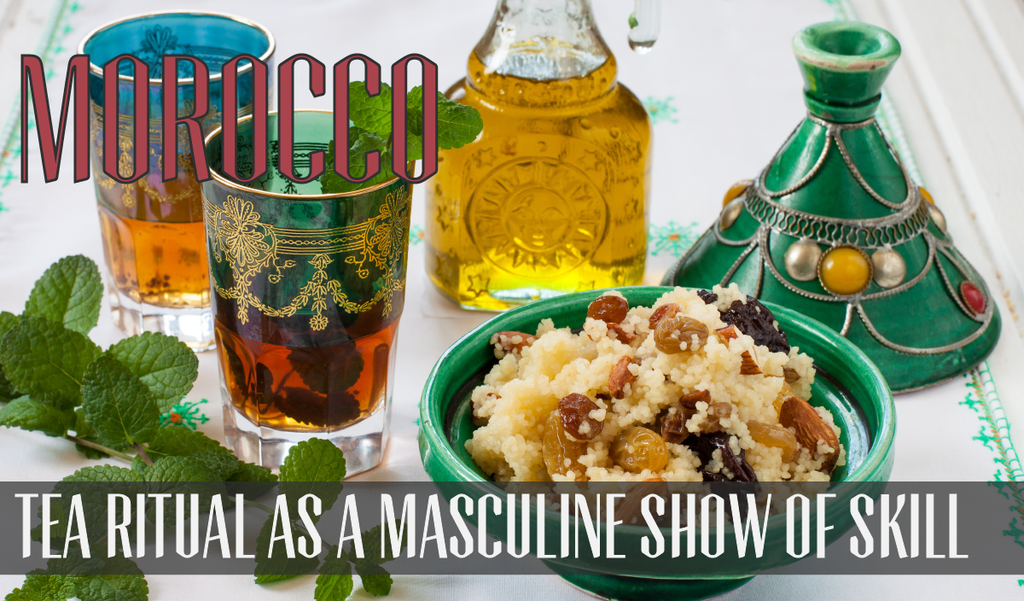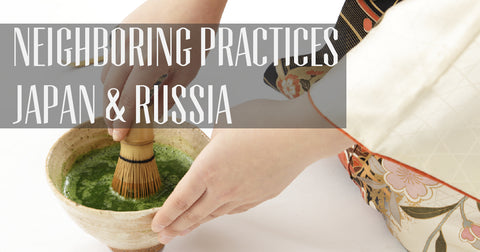
Persia: Tradition Steeped in a Melting Pot
We've referenced the Silk Road a few times in our series on tea productivity rituals. The Silk Road connected civilizations from Asia to Europe, and one of the greatest benefactors of this network of trade was the region of Persia.
Persia (modern day Iran) was the halfway point between Asia and Europe, as well as a gateway to the Arabian Peninsula and Africa. Because of its location as a hub of trade and a collision point between cultures, Persia developed a unique mix of tradition. Persian tea culture is no exception.
Persians drink flavored concentrated tea similar to what you might find in India (using cardamom and rosewater rather than cinnamon and ginger), out of Samovar kettles that are a direct import from the Russian tradition, and incorporate tea into weddings in a way that's reminiscent of the Korean ceremony!
One of the most important parts of a Persian wedding is the ritual of the bride offering tea to the groom. This is not only a symbol of their union, but is also an opportunity for the bride to prove her merit as a future wife. Gracefully served tea promises youthful energy, and productivity as a housewife. However, even a drop of tea spilt accidentally portends carelessness and a troubled marriage!

Morocco: Tea Ritual as a Masculine Show of Skill
Unlike in Persia, where tea first arrived over land via the Silk Road, tea was first brought to Morocco in the 18th Century by sea, allegedly by a British tea merchant who had a surplus of Chinese green tea, and a shortage of buyers in England. This merchant made a lucky bet by bringing tea to Moroccan ports, and the rest is history! Moroccans loved the taste, and energy enhancing effects of the chinese tea. They eventually began mixing green tea with mint leaves to produce a distinctive flavor that compliments the region's spicy food.
While the ritual preparation of tea is viewed as a feminine art in many cultures, Moroccan tea is traditionally made by the man of the house. The Moroccan tea ritual is viewed as a position of honor taking great practice and focus.
After brewing, Moroccan tea is poured from standing height into small cups at table height or lower. This method showcases the pourer's skill and focus, cools the tea before serving, and fills the room with a minty aroma. In Morocco it's a very macho act to pour tea back and forth from great heights.
So whether you're a Persian bride or a Moroccan lord, you can use your tea preparation skills to show off, just don't spill!
Check out our other posts in the global tea rituals series:
Start Your Own Tea Ritual: Try Zest Today!



